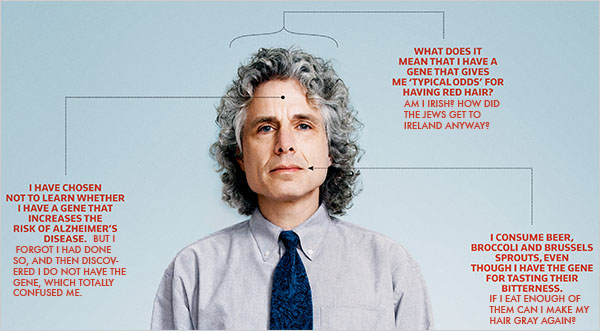Yesterday I attended a looong seminar by an acquisitions editor of a university press in which he went over everything from how to revise your dissertation to how the covers of books get designed. It was a rare opportunity to hear from acquisitions editors what they were thinking about and how their job worked (thanks to all who organized). The guy there mentioned a book which I’ve found very helpful in the past and which I thought deserved a nod on the blog for anyone thinking about turning their book into a dissertation. Namely,
Getting It Published by William Germano
Germano’s book does not actually have a series of easy-to-follow steps that will lead to being instantly published, but it does help give you context for what decisions are made in publishing and how they are made. It’s a valuable reality check for someone looking to publish. Like I say I’ve read it and found it really helpful.
There are a few other books that the editor didn’t mention but which I’ve also gotten some mileage out of that may be off the academic radar that I thought I’d mention as well. The first is
Making The Perfect Pitch: How To Catch A Literary Agent’s Eye, by Katharine Sands
Of the bintillion ‘how to get your first novel published’ books out there this is the one that I think is actually worthwhile. It’s quite ethnographic, actually — it contains numerous five-to-ten page reminiscences by authors and agents about how to write one-page pitch letters to attract a literary agent. It’s a frank, engaging book that features people finally laying down on the page all the complaining and advising they’ve been doing for years. There is no real overview or formula or big idea — just a chance to see some good (and bad!) examples and to climb into these people’s habituses. Habitoi? Habtiusi? Even though we academics don’t do agent-based publishing its still a great read.
Finally, in distant third is:
Made to Stick, Chip and Dan Heath
I have to admit that I am not a big fan of “books Lifehacker is breathlessly enthusiastic for this week”, and particularly not books like this which stray into social science territory. In this book the Heaths attempt to boil down into a simply formula the six things that supposedly are memorable ideas have. To a lot of people it will seem like a fluffy mix of cognitive psychology and folklore studies that could have been ten pages long. Bu I have to admit that ever since I’ve read this book I find myself unwillingly recognizing the utility of their framework. I’ll be explaining how ‘theoretical contribution’ is measured by the NSF and find myself saying “it’s like the ‘unexpectedness’ criteria from Made to Stick” or be talking about a dissertation proposal and say “it’s really got ‘story'”. So maybe there is something to it after all. At any rate if you just go to the book’s website you can check out the six principles and if you give them your email address you can download a bunch of stuff and just skip the book entirely. So a guarded thumbs up for this one as well.
I know there are other books on publishing out there — I think ‘the art of abstracting’ is a strange a lovely hommage to the work of being a full-time absracter, for instance — and would be interested in hearing other people’s recommendations.

 I am pleased to see that there has been such quick and interested reaction to the launch of
I am pleased to see that there has been such quick and interested reaction to the launch of 